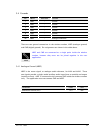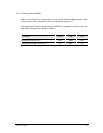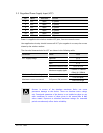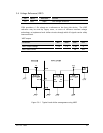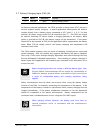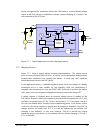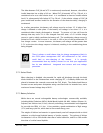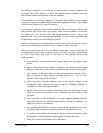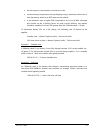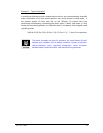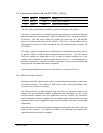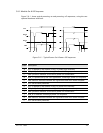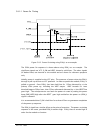
LZT 123 1836 40
The lithium ion battery is free from the so-called memory effect, a phenomenon
associated with nickel cadmium in which the apparent battery capacity decreases
when shallow charge and discharge cycles are repeated.
A single lithium ion cell has a voltage of 3.7V (mean value), which is equal to either
three nickel cadmium or nickel-metal hydride cells connected in series. This voltage
is close to the nominal VCC of the GS64 device.
Li-Ion batteries generally provide long storage life with few limiting condition, and
offer problem-free charge after long storage. Under normal conditions, the lithium
ion battery has a life of more than 500 charge/discharge cycles. Also, Li-Ion
batteries have a slow self-discharge rate (typically 1.3% per month, compared with
Ni-MH batteries which can exceed 50% per month).
Lithium ion batteries are environmentally friendly, inasmuch as they do not contain
any heavy metal pollution substances such as cadmium, lead, or mercury.
There are many manufacturers of Li-Ion batteries worldwide. Sony Ericsson make no
recommendations with regard to specific vendors, but here are some considerations
for GS64 users which may prove to be useful in the selection process and
implementation:
• Li-Ion batteries marketed for cellular (mobile) phone use may make a good
choice
• battery manufacturers with heritage in supplying the cellular (mobile) phone
industry could make a good choice, especially for high-volume requirements
• look carefully for batteries which are rated at temperatures that the GS64 is
likely to operate at (many batteries are only specified for -20°C to +65°C
operation which may not be sufficient)
• small form-factor (typically handset-sized) Li-Ion battery capacity varies
considerably, some batteries are rated as high as 3200mAh (600mAh to
1800mAH are more commonly available)
• weight is generally not a problem with typical GS64 user application, even so
small form-factor Li-Ion batteries (up to 1800mAh) can vary between 10 to
40 grams
• size is generally a factor of capacity, since larger capacity batteries naturally
have more material/cells, and will range between 2750mm
3
to 18000mm
3
for
small form-factor Li-Ion batteries
• the speed by which lithium-ion ages is governed by temperature and state-
of-charge; high temperatures and deep discharge will effect useful life
• if possible avoid frequent full discharges because this puts additional strain
on the battery, partial discharges with frequent recharges are better
• never short circuit the terminals of a Li-Ion battery



